Learning video processing by example
Abstract:
We present an algorithm that approximates the output of an
arbitrary video processing algorithm based on a pair of input and
output exemplars. Our algorithm relies on learning the mapping
between the input and output exemplars to model the processing
that has taken place. We approximate the processing by observing
that pixel neighborhoods similar in appearance and motion to those
in the exemplar input should result in neighborhoods similar to
the exemplar output. Since there are not many pixel neighborhoods
in the exemplars, we use techniques from texture synthesis to
generalize the output of neighborhoods not observed in the
exemplars. The same algorithm is used to learn such processing as
motion blur, color correction, and painting.
Please note: sequences have been compressed to reduce download time.
As such, some contain compression artifacts.
Color correction
 |
 |
| Training input |
Training output |
|
 |
 |
| Test sequence |
Algorithm output |
|
|
|
This is a toy example showing the learning of color effects. It is simple because
the same color transformation is applied to each pixel.
|
Noise removal
 |
 |
| Training input |
Training output |
|
 |
 |
| Test sequence |
Algorithm output |
|
|
|
In this example, our algorithm learns to remove noise in a temporally coherent manner from an input sequence.
The noise used in training is Gaussian, and varies from frame to frame.
|
Motion blur
 |
 |
| Training input |
Training output |
|
 |
 |
| Test sequence |
Algorithm output |
|
|
|
This example demonstrates that our algorithm can learn processing that is temporal, in addition to the spatial
examples presented above. Input is a pair of sequences rendered in Maya, with and without motion blur. The
motion blur generated by our system is not as good as Maya's, but this is because Maya is using 3d information
that our algorithm does not have access to. We also lose some of the blur because our temporal kernel is small (for
performance reasons).
|
Painting
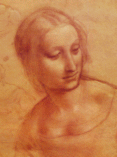 |
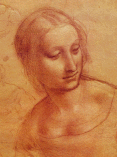 |
| Training input |
Training output |
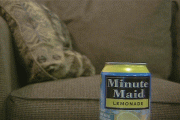 |
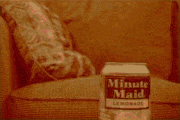 |
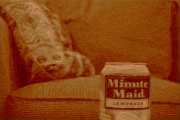 |
| Test sequence |
Nearest neighbor output |
Our algorithm's output |
|
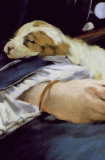 |
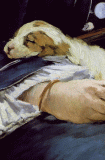 |
| Training input |
Training output |
|
 |
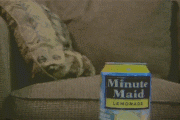 |
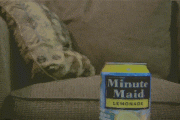 |
| Test sequence |
Nearest neighbor output |
Our algorithm's output |
|
|
 |
 |
| Training input |
Training output |
|
 |
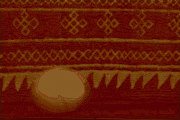 |
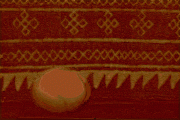 |
| Test sequence |
Nearest neighbor output |
Our algorithm's output |
|
|
 |
 |
| Training input |
Training output |
|
 |
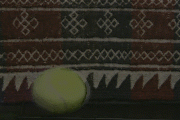 |
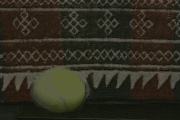 |
| Test sequence |
Nearest neighbor output |
Our algorithm's output |
|
|
Publications
"Learning video processing by example",
A. Haro and I. Essa
Proceedings 16th International Conference on Pattern Recognition, Quebec, Canada, August 2002.
(Abstract | PS.Z | PDF).




